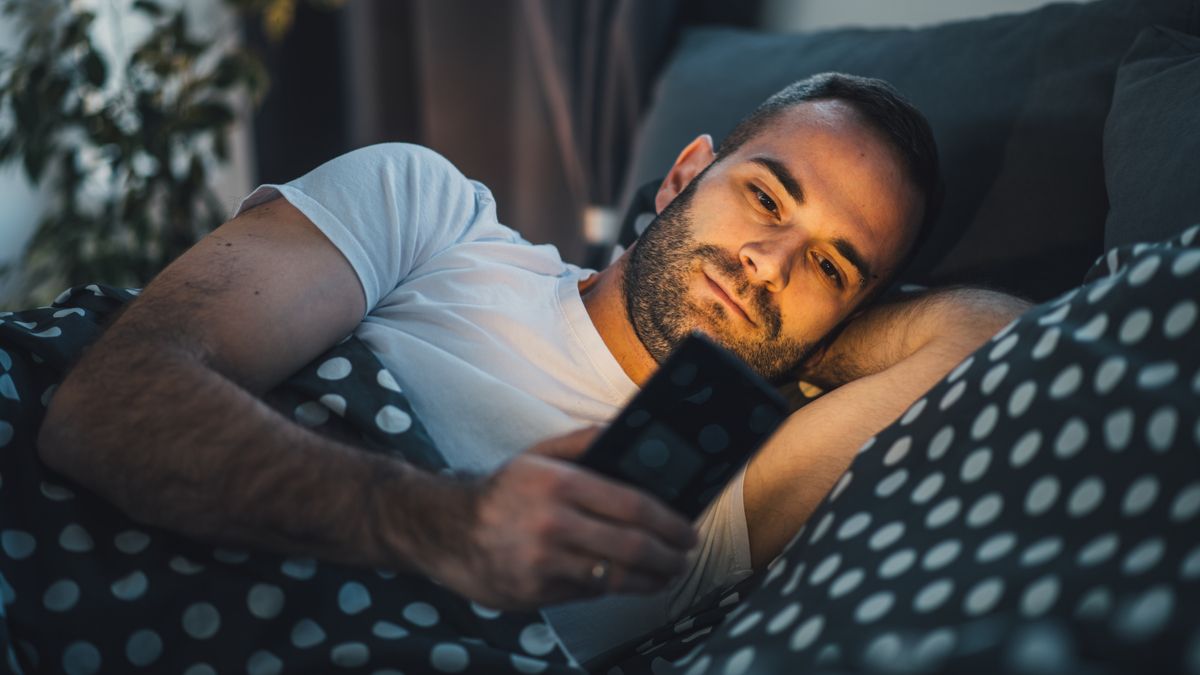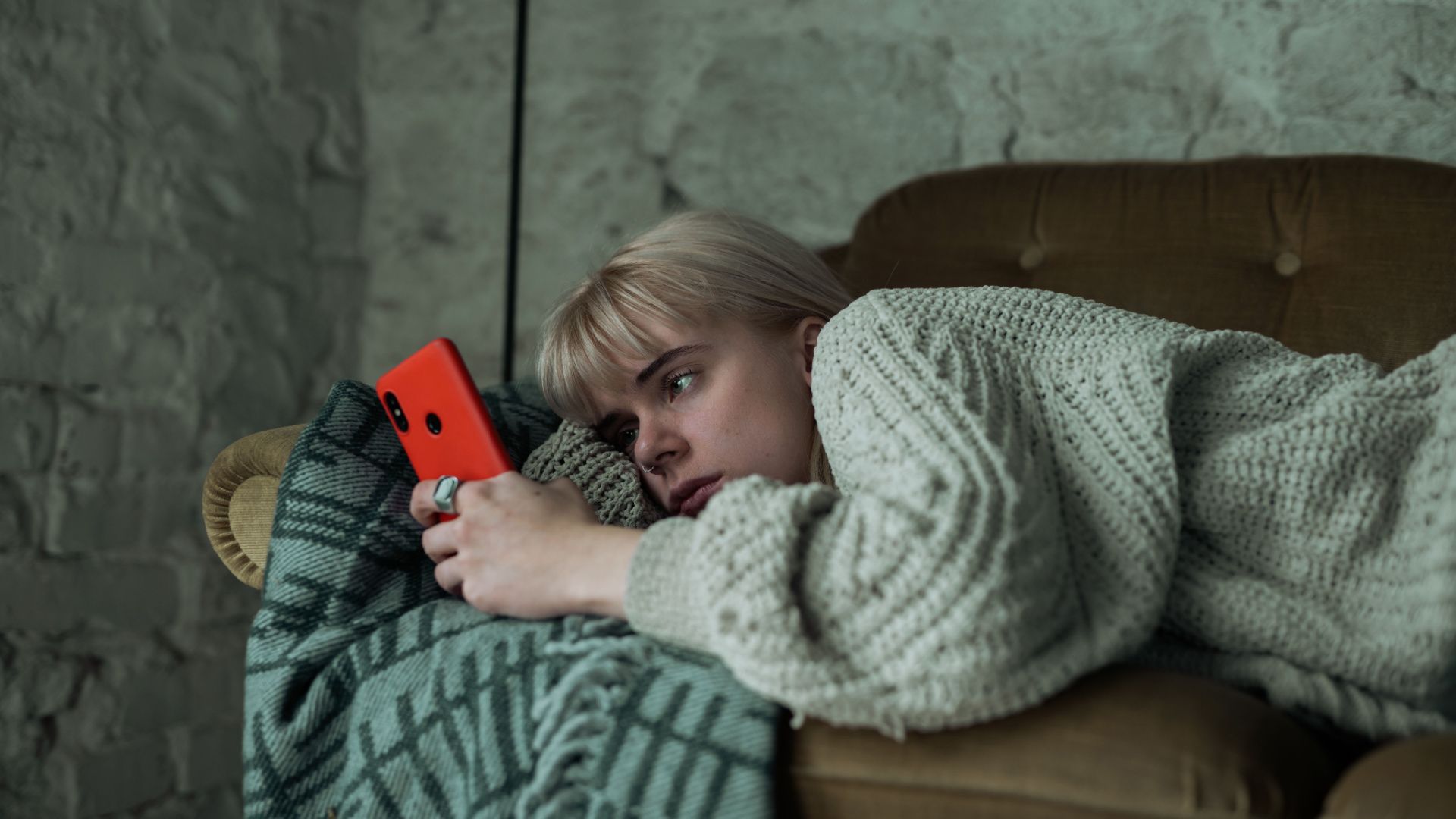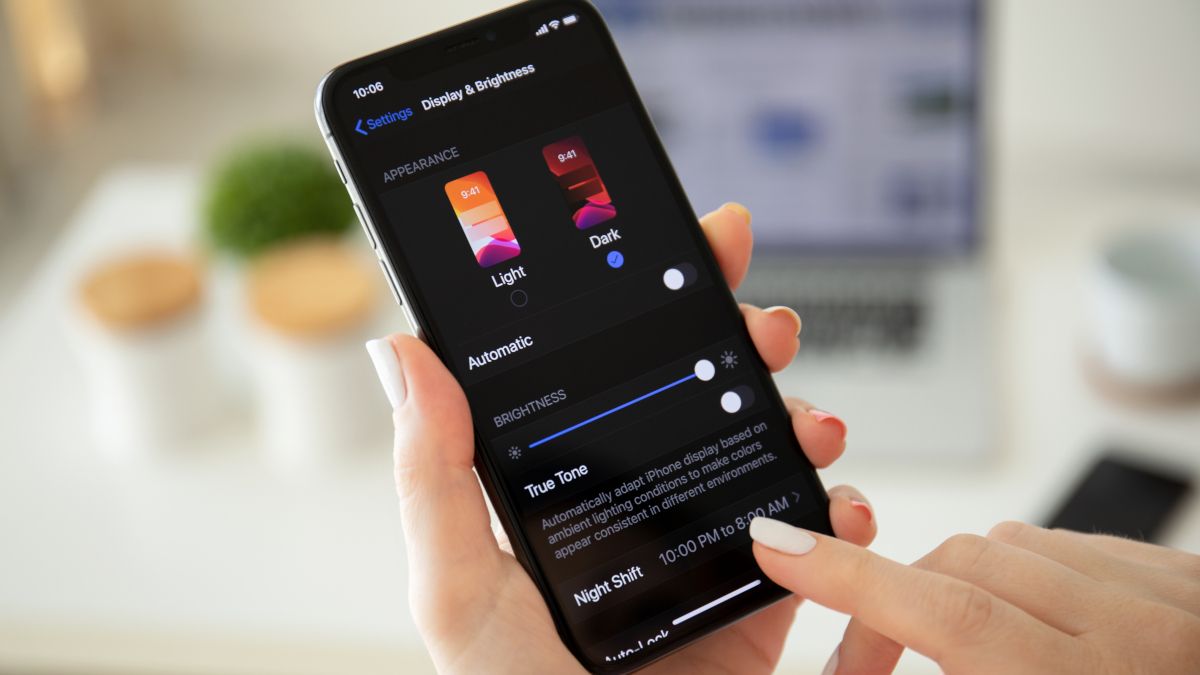
Vibrant designs were all the rage in tech throughout the 2010s. Thankfully, developers have come to their senses, which is why we now have a dark mode on every major operating system and app. No matter what app or device it is, I always flip the switch to dark, and here's why.
The displays in our phones, TVs, monitors, and laptops are increasingly getting brighter. While bright screens make for an excellent content viewing experience, especially with HDR, they're also incredibly hard to look at, especially when the screen displays a lot of white elements.
This phenomenon happens because each pixel inside our display uses three different elements to display the colors red, green, and blue. When only one pixel is activated, we only get a theoretical 33% of the total brightness level. However, when all three are fully activated to create white, we get the complete visible spectrum, resulting in a perceived brighter image.
This isn't to say that looking at a white screen is bad—we have to see it from time to time, but there's no need to expose our eyes to it more than necessary. Case in point, you can tone down how much white you see by switching your system to dark mode. My eyes are very sensitive to light, and bright white lights cause me extreme discomfort. That's why I avoid intense light as much as possible, which means sunglasses outdoors and dark mode indoors.

The average American spends over 7 hours a day in front of a screen, with writers at How-To Geek probably spending more. Jokes aside, Computer Vision Syndrome (CVS) is a very real condition that many of us have experienced at one point. Blurred vision, dry eyes, migraines... sounds familiar?
While one of the main causes of CVS is uncorrected vision issues, such as short-sightedness and astigmatism, bright lights can make the problem worse. Staring at a screen at night strains your eyes already enough on its own, but using light mode results in even more eye strain.
This is because your pupils naturally constrict when looking at a bright screen to reduce the amount of light entering your eyes, but if the screen is excessively bright, they can't constrict enough, resulting in eye strain.
You can actually feel this effect by looking at a screen in dark mode at night and then switching to light mode. Although it's a temporary effect, and your eyes get used to the brightness eventually, it's not natural. Nights are, well, dark, so the stark contrast between your display and your surroundings causes a lot of discomfort that you could've avoided.
For me, the worst offenders are word-processing apps like Microsoft Word and Google Docs. These apps essentially consist of a white sheet meant to resemble a blank piece of paper. To address the issue, I use the Google Docs Dark Mode Chrome extension, which allows me to switch all interface elements and pages to black. I keep the pages white during the day but switch to black when typing at 2 am like I am right now.
You can force all websites to use dark mode in Chrome by typing chrome://flags in the address bar and switching on "Auto Dark Mode for Web Contents."
If you're a developer, you can certainly appreciate dark mode in the Integrated Development Environment (IDE), not just because of the reduced eye strain but because it allows you to spot syntax errors more easily. Colors against a black background pop more thanks to the increased contrast.
Another hotly debated topic in relation to light mode is blue light exposure. While some people believe that it might damage your eyes, the consensus is that blue light isn't actually that harmful. However, using a bright screen immediately before bed can still disturb your sleep. Dark mode can significantly reduce the amount of blue light exposure, so it certainly alleviates some of the guilt caused by through TikTok and Instagram in bed.

Have you ever noticed how disruptive it is when you're in a dark room and someone pulls out a bright smartphone akin to a lightsaber? I especially hate it when someone wants to show me an Instagram post on their phone at night, and they're blasting a double whammy of max brightness and light mode.
如果您不想引起注意或只是不想在晚上打扰您的伴侣,请切换到深色模式。您的手机,尤其是您的笔记本电脑或显示器可以照亮您的整个房间,使用黑暗模式可以显着减少这种效果。降低亮度也有帮助,但并不能完全解决问题。
夜间驾驶时,明亮的手机尤其会分散注意力。明亮的屏幕引起的眩光会阻碍能见度,使检查后视镜变得特别困难。我强烈建议您的乘客切换到黑暗模式并降低亮度,以避免发生车祸。
当今市场上的大多数手机都使用 OLED 屏幕。 OLED 技术允许各个像素根据需要调整其亮度,以至于像素可以完全关闭以显示黑色。您的显示器确实非常耗电,打开暗模式可以显着节省电池电量。
普渡大学进行的一项研究发现,在亮度为 30-30% 的情况下,切换到黑暗模式可以平均节省 3-9% 的电池寿命。这已经是相当多的电量了,但它会变得更好 - 同一项研究发现,在最大亮度下,您可以将电池寿命延长约 39-47%。这几乎就像在手机背面放一个迷你充电宝一样,但它不需要任何成本,也没有重大缺点。
我的手机已经使用了 5 年,因此在充电之前它只能亮屏 4 小时左右。我根据需要调整亮度,这意味着深色模式可能会将我的电池寿命延长约 15-20% 或接近一个小时。

虽然我个人更喜欢在所有设备上始终使用深色模式,但使用自动模式还是有其优点的。自动模式允许您在白天使用浅色模式,在晚上切换到深色模式。
灯光模式的主要卖点是在室外或阳光充足的房间内更容易看清。或者您可能更喜欢浅色模式的美观,而只想在夜间利用深色模式。无论出于何种原因,我们都会为您提供有关如何在 iPhone、Mac、Android、Windows 10 和 Windows 11 上自动启用深色模式的指南。
The above is the detailed content of I Use Dark Mode Everywhere, and I\'m Not Going Back. For more information, please follow other related articles on the PHP Chinese website!




